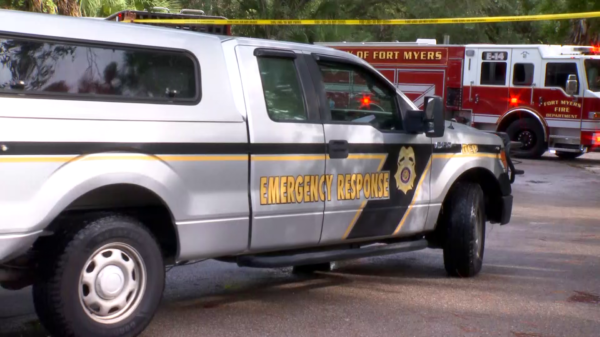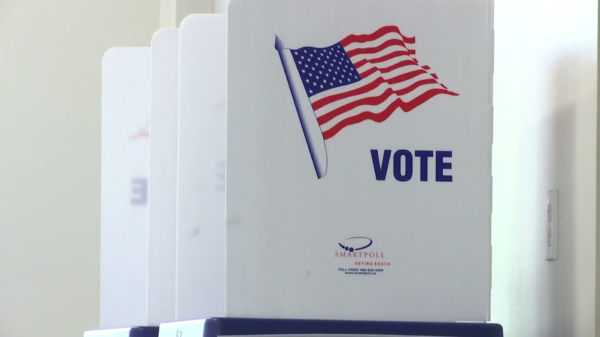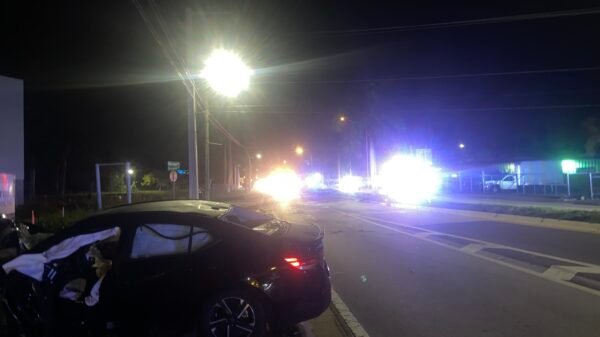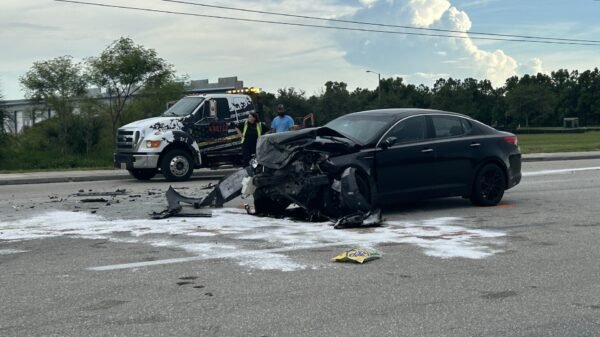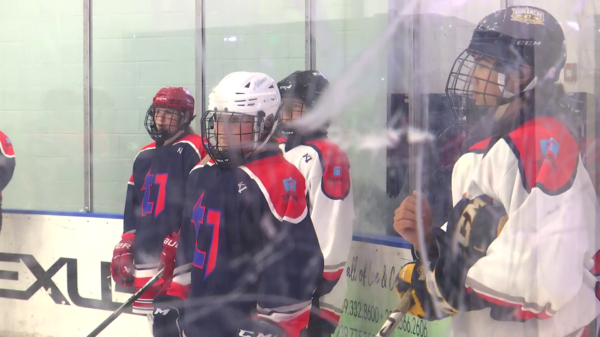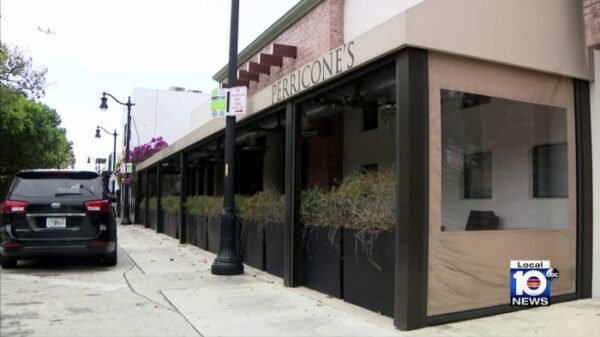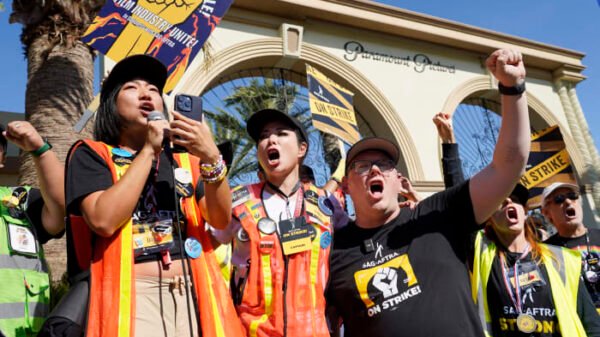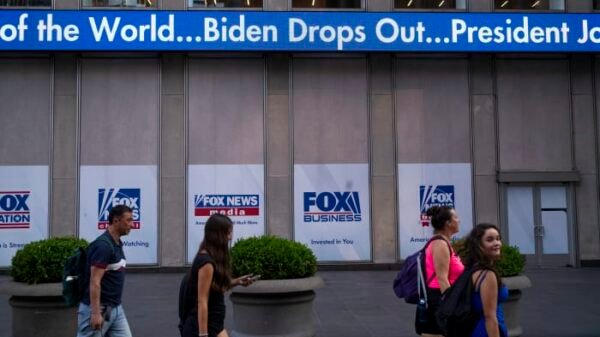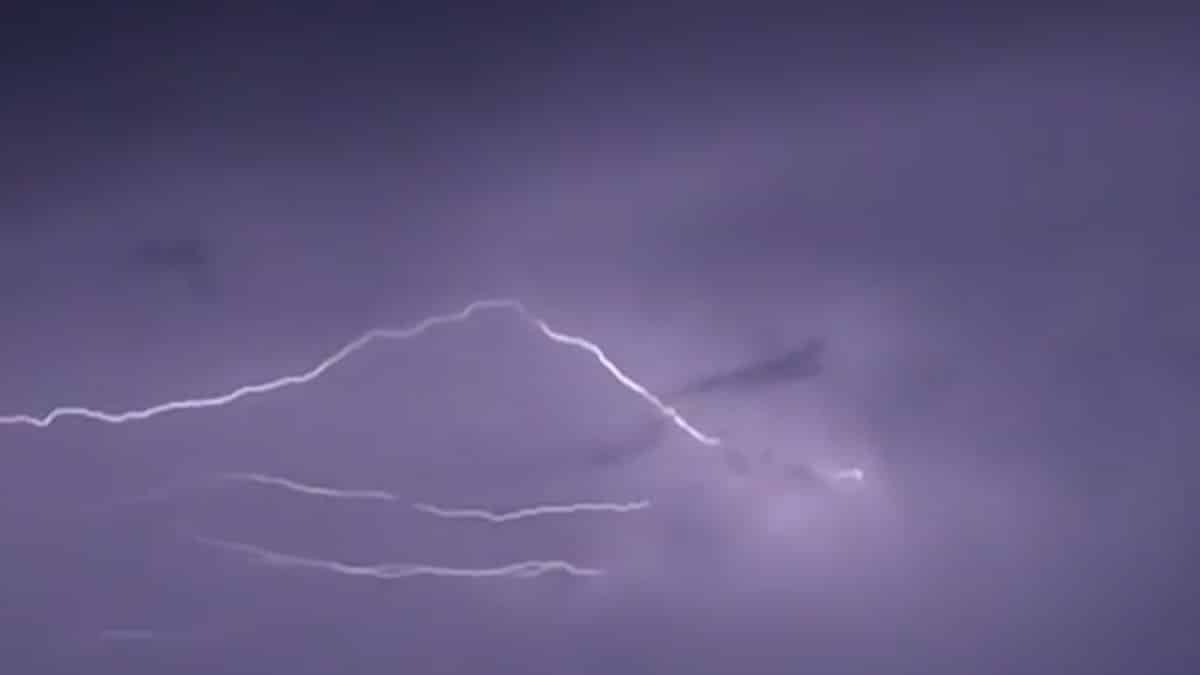Lightning Strikes Sparking Problems across SWFL
Southwest Florida, with its picturesque beaches and vibrant communities, is a popular destination for tourists and residents alike. However, this beautiful region is not immune to the wrath of nature. Lightning strikes, a common occurrence during thunderstorms, have been causing a host of problems across SWFL. From structural damage to power outages, the impact of these strikes can be both immediate and long-lasting. In this article, we will delve into the various issues sparked by lightning strikes in Southwest Florida and explore the measures taken to mitigate their effects.
The Destructive Power of Lightning
Lightning is, in essence, a gigantic electrical discharge that occurs during thunderstorms when negatively charged electrons interact with positively charged ions in the atmosphere. With temperatures reaching up to 30,000 degrees Celsius, it is hotter than the surface of the sun, making it an incredibly powerful force of nature.
One of the most pressing problems caused by lightning strikes is structural damage to buildings and infrastructure. When lightning strikes a building, it can cause fires and severe damage to electrical systems, resulting in significant financial losses for property owners. Moreover, the intensity of the strike can weaken the structural integrity of the building, posing a risk to the safety of its occupants.
Power Outages and Electrical Disruptions
Lightning strikes also have a direct impact on the electrical utility infrastructure in Southwest Florida. The tremendous amount of energy released by a strike can overload transformers, causing power outages and disruptions in the supply of electricity. Not only does this inconveniences residents and businesses, but it can also lead to economic losses, especially when power outages persist for an extended period.
Moreover, lightning-induced power surges can damage appliances, computers, and other sensitive electronic devices. These power surges occur when the sudden increase in electrical potential caused by the strike travels through the power lines. The resulting damage can be costly to repair or even require replacing expensive equipment.
Wildfires Ignited by Lightning
Aside from the immediate consequences, lightning strikes can also have long-term effects on the environment. In dry regions like Southwest Florida, lightning strikes often ignite wildfires, especially during the dry season. These fires have the potential to spread rapidly, endangering both people and wildlife, while also destroying vast areas of vegetation and natural habitats. Firefighters and emergency response teams work tirelessly to control these fires and prevent them from causing further damage.
Protective Measures and Mitigation Efforts
Given the devastating effects of lightning strikes, it is crucial to implement protective measures to mitigate the risks. One method used is the installation of lightning rods on tall structures. These rods, also known as lightning conductors, provide a safe path for lightning to follow, redirecting it away from sensitive systems and reducing the likelihood of a direct strike.
Additionally, surge protectors and lightning arrestors are employed to safeguard electrical systems and appliances. These devices divert excess electrical energy caused by a lightning strike, minimizing the risk of damage to equipment and reducing the likelihood of power surges.
Community Awareness and Education
Creating awareness among residents and visitors about the dangers of lightning strikes is crucial to mitigating the effects. Educational campaigns, local news alerts, and community programs can help disseminate information about lightning safety precautions, such as seeking shelter during storms and staying away from open spaces.
Furthermore, accurate weather forecasting plays a pivotal role in issuing timely warnings and alerts, enabling individuals to take appropriate action in advance. Local meteorological organizations, in collaboration with emergency management agencies, continuously strive to improve their forecasting techniques to provide accurate predictions and ensure the safety of the public.
Conclusion
Lightning strikes may be mesmerizing to watch from a distance, but their consequences are far from enchanting. From structural damage to power outages and wildfires, the impact of these strikes in Southwest Florida can be severe and multi-faceted. By implementing protective measures, raising awareness, and improving forecasting techniques, the community can better face this natural threat. While we cannot control the weather, we can certainly strive to minimize its destructive effects and ensure the safety of those in SWFL.

